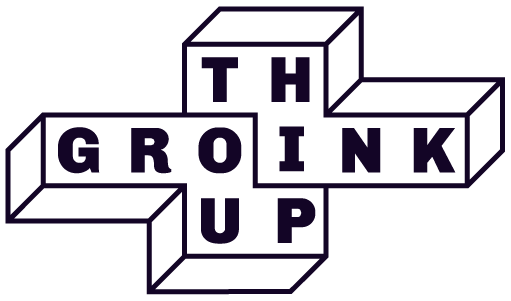10 quality tips for better qualitative research
Qualitative research: what is it? When should you do it? How do you do it well?
It’s well documented that the marketing and advertising industry are desperately in need of doing their own research, with real people, not just a bunch of folks who live within 25 minutes of East London (sorry, East Londoners – still love you!). But how the hell do we do that?
We’re so glad you asked this completely rhetorical question you’re definitely asking right now! And yes, we got some answers. Or rather, some tips. Shall we get to them? Yes we shall.
Ok, but first, what is qual research?
Simply put, it’s part of the origins of what we do. The original ad planners were converted researchers of some kind, and running focus groups was a huge part of the job. But to this day, qual research is one of the most effective ways to find out something new, something you will probably not find on the internet (remember: if you’re googling something, chances are your competitors are too).
A lot of research tells you what people do. But qualitative research can help you get under the skin of why they do it!
On a more pragmatic level, they’re also a fantastic way to gain authority in the room, because you literally represent and can spell out what real people told you about a brand, product or service. Remember: good strategy is memorable, and what’s more memorable than something grounded in a real story from a real person you spoke to? Human stories are relatable. They stay with clients.
When should you do qual research?
The simplest possible answer: when you have knowledge gaps that existing research cannot answer. Or when you want to uncover fresh new territories for strategic or creative development. Or when you want to understand the motivations behind why people do something, or don’t do something, or how they might respond to the things you’re already developing at a strategic or creative level.
There’s more to it than this, but it’s also kinda this simple. Now, the real deal…
10 tips to do qualitative research (with a particular focus on focus groups)
1. Don't just ask things head on.
“What do you think about this?” doesn't give you new answers. “If this were a celeb, who would it be?” might.
2. Check for body language.
How people say stuff matters as much as what they say. If someone says “yes” but crosses their arms, it’s a sign of resistance. (Granted, this is harder now with remote working, but you can still pick up things like facial expressions, or awkward pauses.)
3. Be open to hearing new stuff.
It's ok if your initial hypotheses get disproven. You're there to find new things, not prove the same thing over and over again.
4. Embrace awkward silences.
Ask your question. Then wait. It’s fine if it takes a few seconds for someone to start answering.
5. Get people to write things down.
Writing things down leads to more independent answers. Otherwise, the loudest person will dominate the room’s responses.
6. Probe the other way.
Probe the positive with negatives, and vice-versa. Going to places you don't know is where insight often happens.
7. Act like the idiot.
Play the idiot. It's good to get people to open up. Sometimes they assume you know more than you do.
8. Don’t ask leading questions.
Saying something is “interesting” builds rapport, but might nudge the conversation. Spoiler: this is a tricky balance.
9. Distance yourself from the brand.
Be clear that you don’t care if people love or hate something. You’re there for an independent, honest view.
10. Research informs, doesn’t decide.
Research helps inform strategic decisions. It won't decide for you. Nor should it. That’s your job. 😘
Want to come to our strategy events and discuss more stuff like this? Become a Group Think member below. It’s all free.

